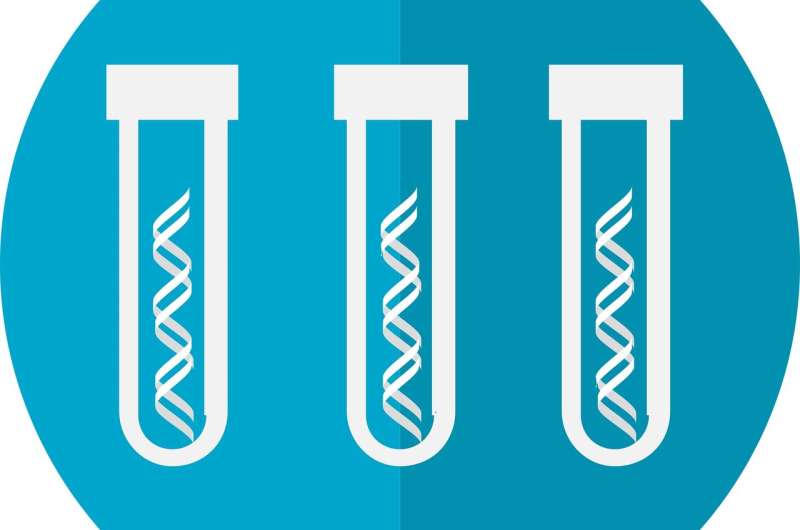Community-Driven Overdose Data Dashboard Enhances Real-Time Surveillance

Innovative overdose dashboards are providing communities with real-time data on overdose patterns and resources, enabling better public health responses and decision-making.
As opioid and fentanyl overdose rates continue to escalate, several communities have developed innovative interactive dashboards to monitor and address the crisis effectively. These dashboards provide detailed insights into demographic, geographic, and temporal trends in suspected overdoses, along with accessible community resources for substance abuse prevention and treatment.
A significant development in this effort is the creation of an overdose dashboard in Cayuga County, New York, which was built through collaboration between local health authorities and researchers from the College of Veterinary Medicine. This dashboard leverages data collected from law enforcement overdose reports, offering a real-time, user-friendly platform that aids public health officials, healthcare providers, law enforcement, and community members in making data-informed decisions.
Recent evaluations reveal promising results: approximately 75% of users reported utilizing the dashboard data to inform decisions, with over half engaging with the platform at least monthly. The majority found the dashboard easy to navigate and believed it significantly contributed to spreading vital overdose-related information.
The project, initiated in 2020 amidst the growing overdose crisis, culminated in 2023 with the launch of the publicly accessible Cayuga County Overdose Data Dashboard. The tool highlights trends in overdoses and showcases local resources like treatment facilities and free Naloxone distribution sites. To assess its impact, researchers conducted an online survey involving residents, healthcare providers, law enforcement, and mental health professionals.
Findings underscore the importance of involving end-users early and enhancing interactivity within dashboards. Key features valued by users include location-based information on treatment options, overdose trends, and accessible community resources. The ongoing goal remains providing real-time data updates to better understand and combat overdose patterns.
Lead researcher Dr. Corinna Noel emphasized the potential of such dashboards to serve as a model for other communities tackling similar public health challenges. The initiative exemplifies how data visualization and community engagement can strengthen overdose prevention strategies.
For more details, see the original study:
Data Dashboard Acceptability, Use, and Perceived Effectiveness in Disseminating Local Overdose Data and Resources in a Rural New York State County.
Source: https://medicalxpress.com/news/2025-08-overdose-dashboard-real-community.html
Stay Updated with Mia's Feed
Get the latest health & wellness insights delivered straight to your inbox.
Related Articles
Understanding the Summer COVID Surge and the 'Razor Blade Throat' Phenomenon
Summer COVID-19 cases are rising, with the NB.1.8.1 variant causing a distinctive 'razor blade throat.' Despite increased transmission, hospitalizations and deaths remain low thanks to vaccines and ongoing health measures.
Shane Warne's Legacy Prompts Nationwide Heart Risk Screening, Revealing Concerning Results
A comprehensive COVID-19 screening initiative in Australia, dedicated to Shane Warne, reveals nearly 70% of participants face at least one uncontrolled heart disease risk factor, highlighting the urgent need for accessible preventative healthcare.
Innovative Oral Delivery System Could Replace Injections for Protein-Based Drugs
A novel oral delivery system developed by the University of Bath could enable protein-based medications to be taken as pills, replacing painful injections and improving patient compliance.
Understanding the Rise of DNA Testing by Australian Health Insurers
Australian health insurers are now providing DNA tests to predict individual responses to medications, raising important questions about data security, ethical use, and future health screening. Learn what you need to know about this emerging trend.



